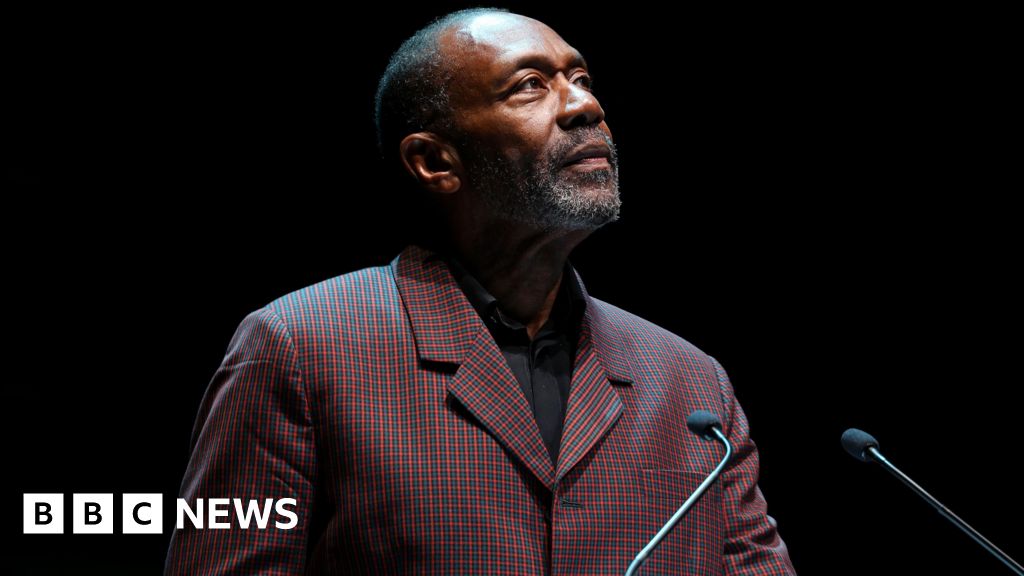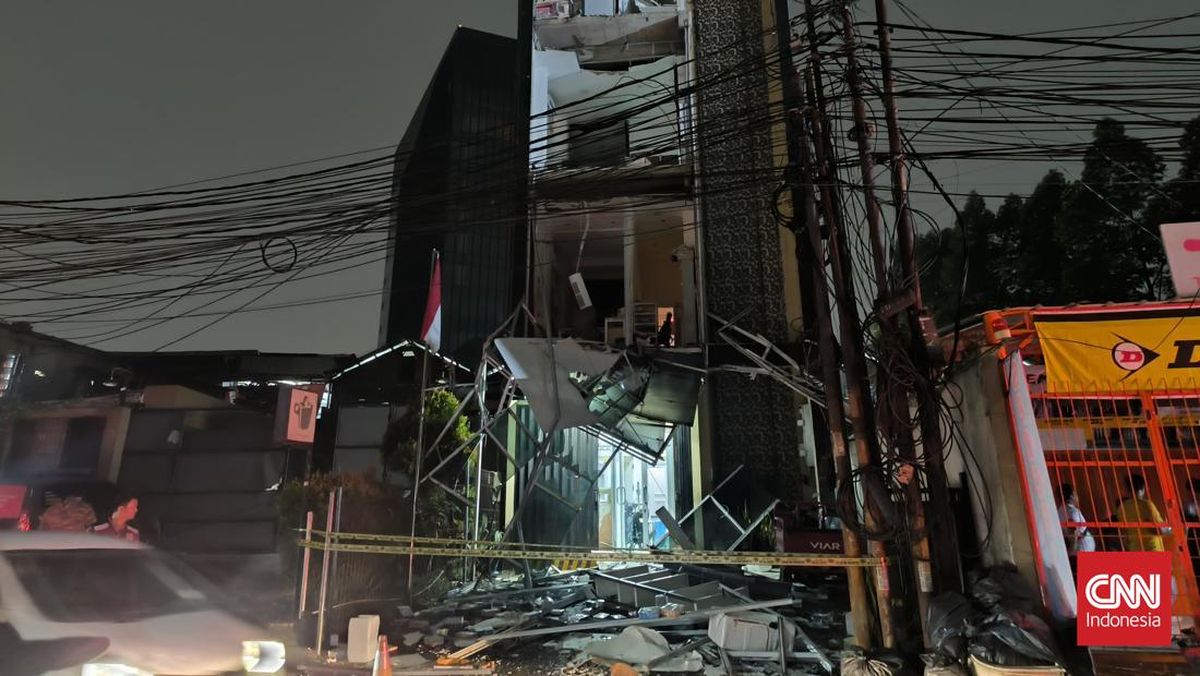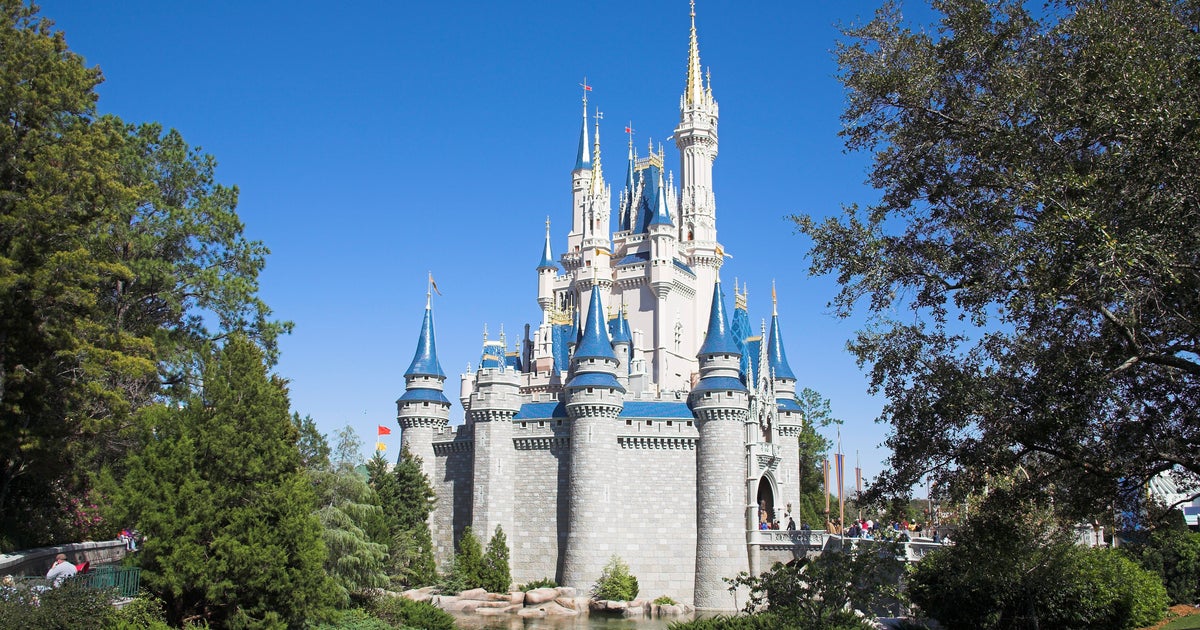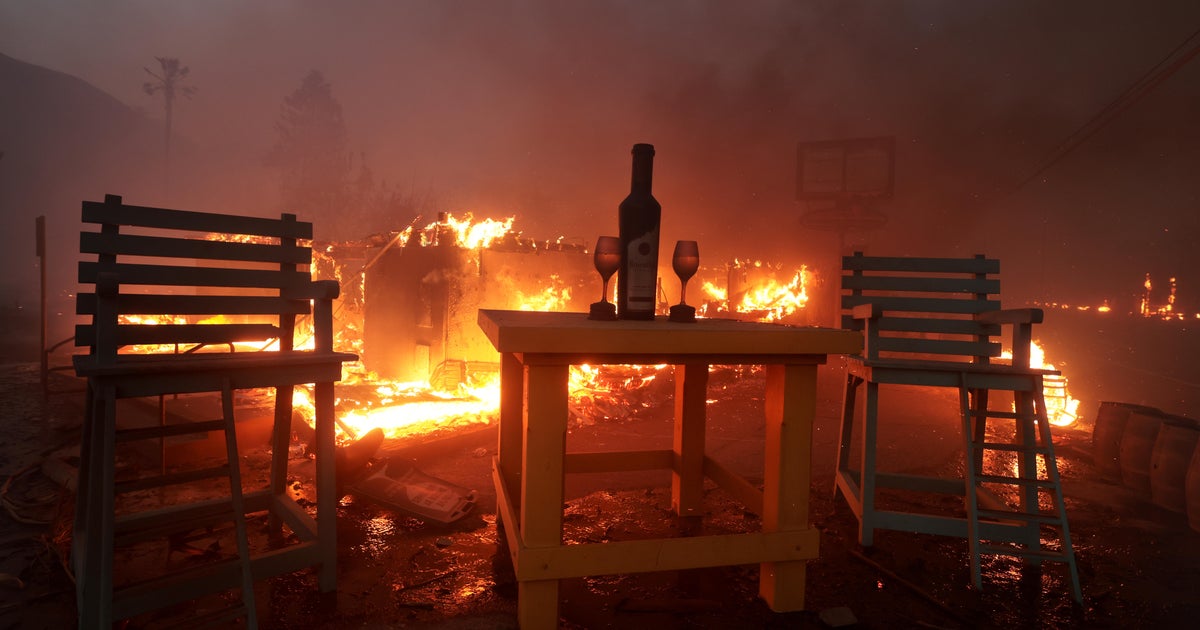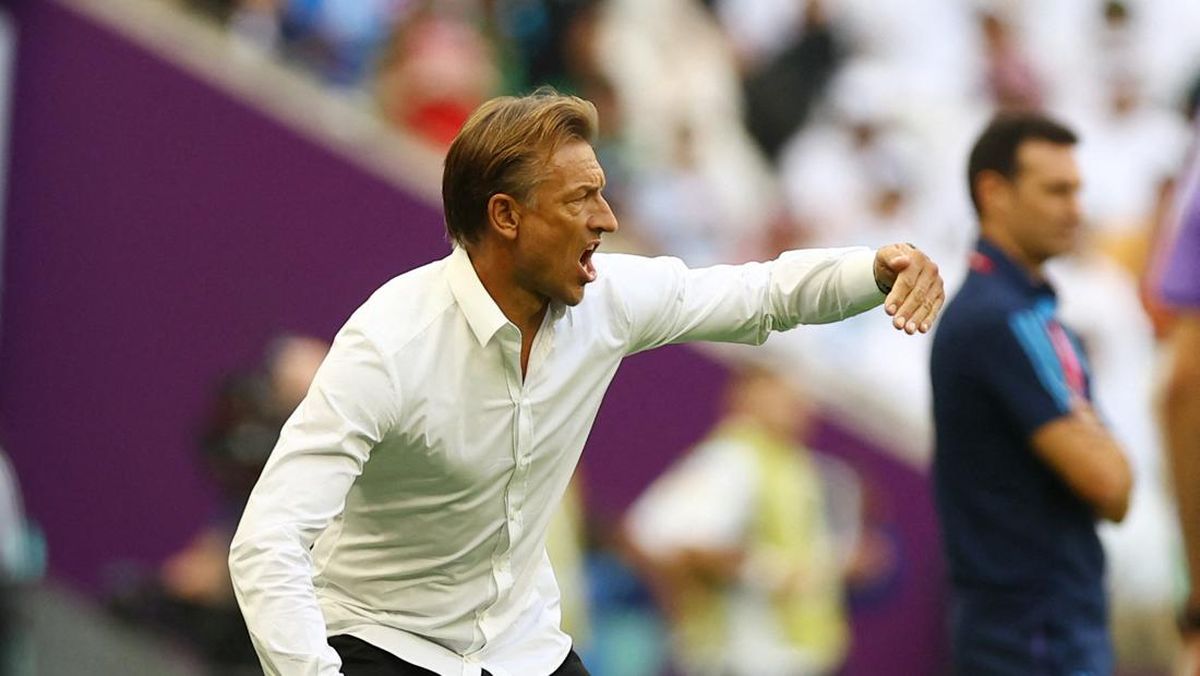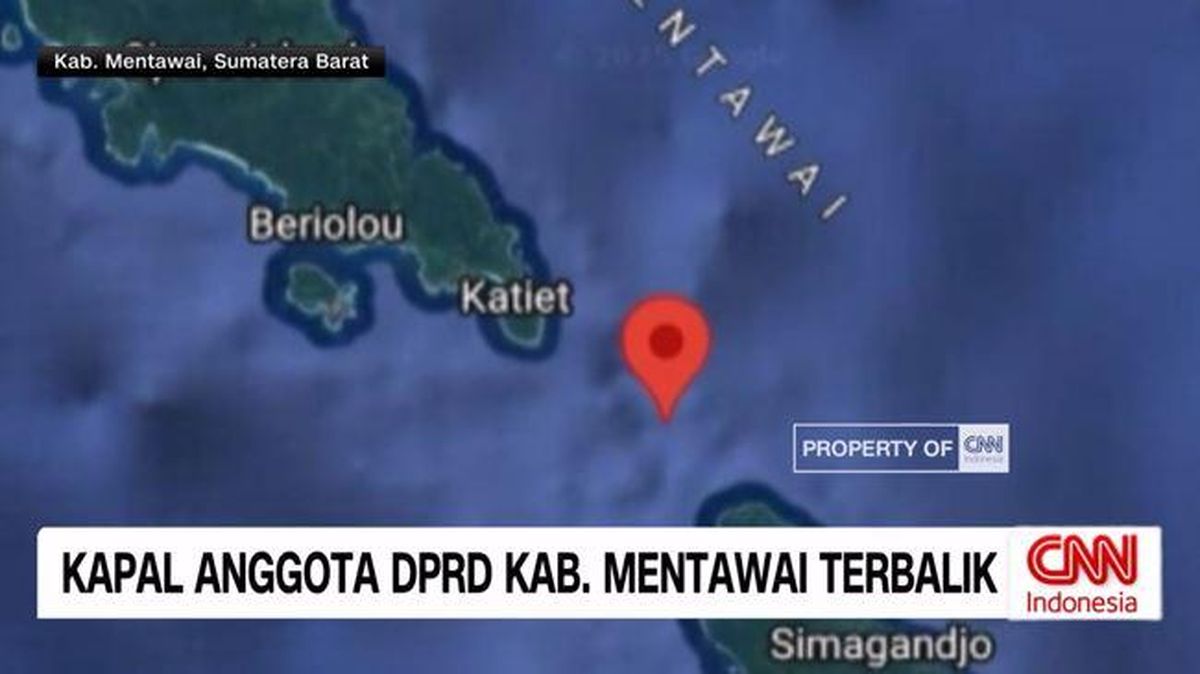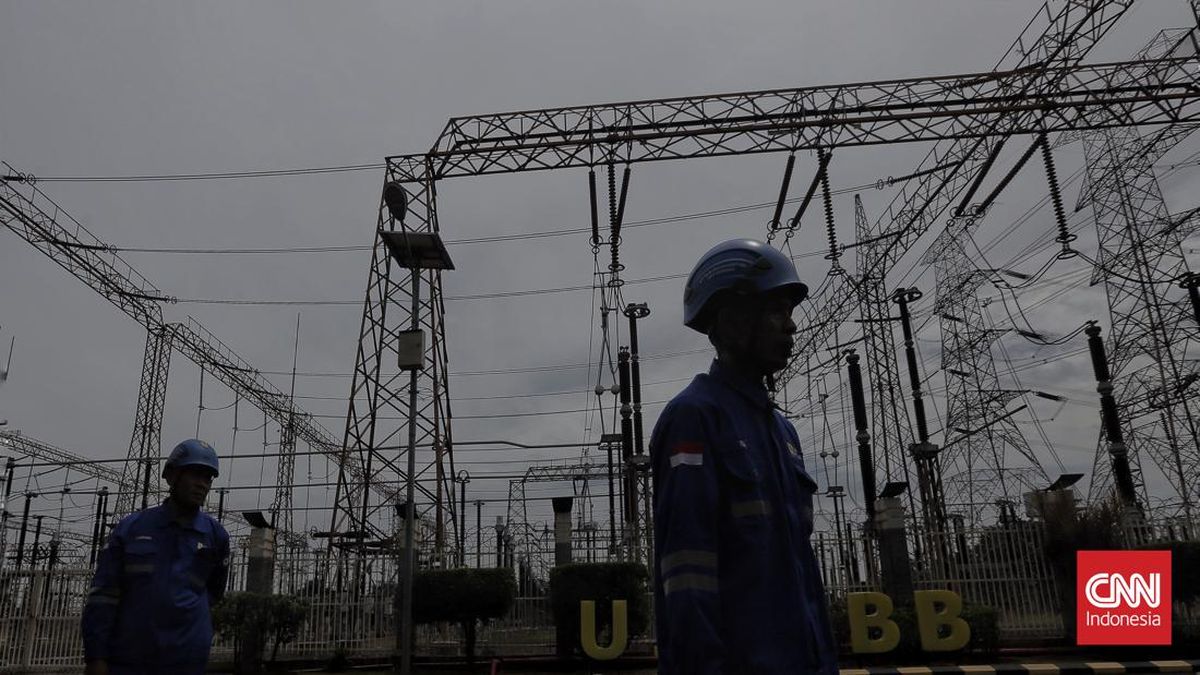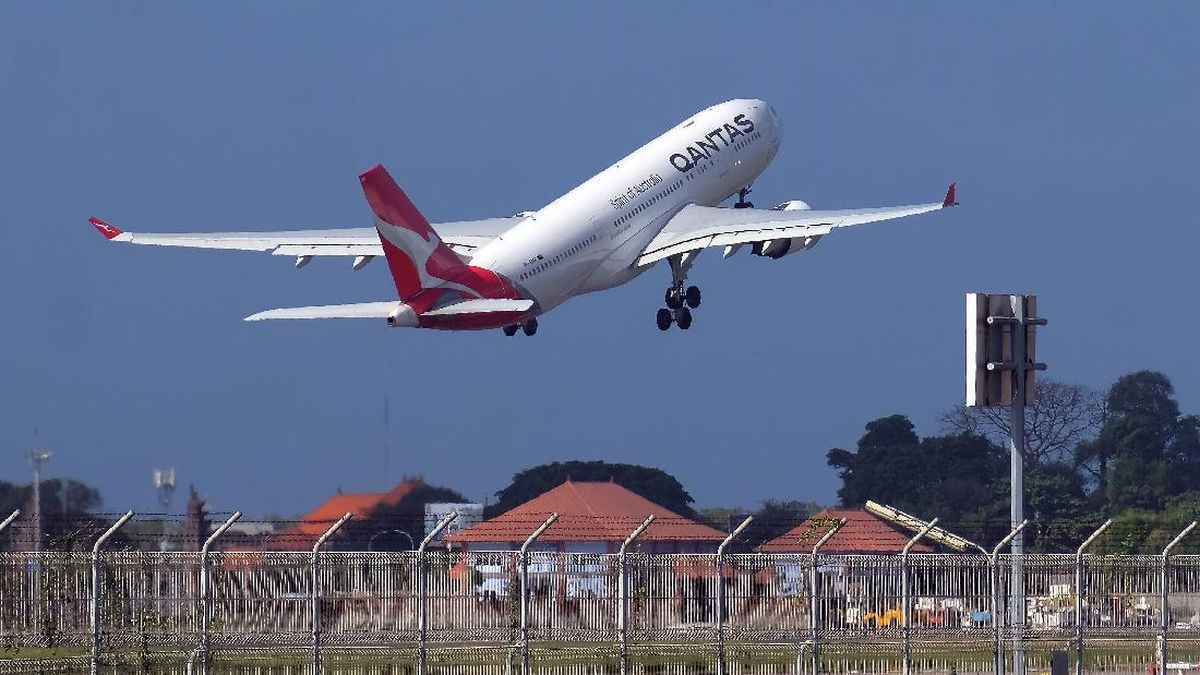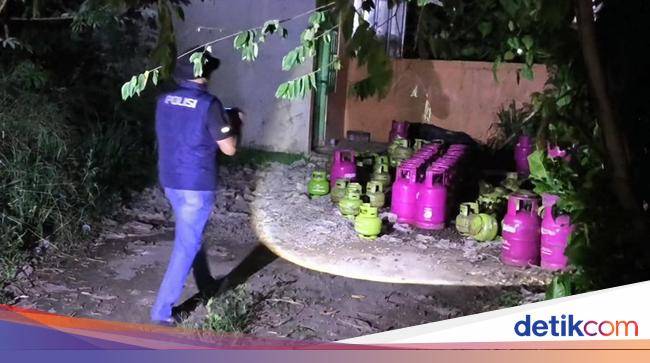By Henry Samuel
July 8, 2025 — 5.00am
It is one small step for this Paris correspondent but a giant leap for Parisians.
After more than a century, during which it was off-limits to the public owing to pollution and safety concerns, the River Seine has reopened to bathers.
And I was one of the first 100 members of the public to take a dip in the river since 1923.

People swim at the Grenelle bathing site in the Seine on Saturday.Credit: AP
On Saturday, three areas of the river opened to the public – one near the national library, another within view of the Eiffel Tower, and a third in the bras-Marie on the Right bank of the île Saint-Louis, not far from Notre-Dame.
A Parisian myself for almost 30 years, it was with great excitement and some trepidation that I chose to take the plunge in the most central of the bathing areas, the bras-Marie, the first to open to the public.

It took 36 years and a herculean clean-up operation costing €1.6 billion ($2.9 billion) to make the Seine swimmable again.Credit: Getty Images
We had all heard the endless debates over whether the once-filthy river was really clean enough. Would the sewers overflow and flood the Seine with faecal matter? Would we all contract E.coli within three days?
Encouragingly, the water looked a relatively healthy green and exuded no evil odours, at least from a distance.
The truth is Paris has come a long way since Jacques Chirac – in a classic case of Gallic hyperbole – famously declared in 1988 that he would be swimming in the Seine within six years.
In fact, it took 36 years and a herculean clean-up operation costing €1.6 billion ($2.9 billion) – including a vast run-off basin that can hold 20 Olympic swimming pools’ worth of water – for his dream to come true when last year the Seine was famously opened to athletes for the Paris Olympics.
Even so, heavy rain meant that only five of the 11 scheduled events were able to take place.

Caps and goggles are not compulsory but all bathers are required to be tethered to a fetching yellow inflatable tow float.Credit: AP
Now, authorities are confident they have improved matters even further and to prove this point, Eve Plenel, the head of public health for Paris City Hall, was up for a dip.
“There is no need to worry. The water is tested every 15 minutes for everything. If (it) is not swimmable, it will be closed until it is, just like beaches,” she said, insisting the Seine was now among the most closely scrutinised waterways in France.
Personally, I was more concerned about the prospect of a close encounter with the pacu, the testicle-biting fish that was caught a decade ago in the Seine.
‘I know they eat pigeons’
I also struggled to erase images of a 2.17 metres giant catfish caught last month within a few hundred yards of the bathing zone, cut off from the rest of the river by a few fig-leaf buoys. I know they eat pigeons. Small children at a push? Thankfully, the bathing area is out of bounds for the under-14s.

All bathing areas are free and there is no time limit, but the bras-Marie zone (pictured) is limited to 150 bathers at a time (the other sites can hold 300 and 150 respectively).Credit: AP
Another worry was being squashed by a bateau-mouche, the tourist boats that ply the river and point out the sights. Some 300 craft pass the bras-Marie every day. Paris town hall officials assured me they were barred from passing during bathing opening hours – to the reported fury of tourist operators.
Perhaps all this – plus the coolish weather after a blistering heatwave – explained the relatively modest queue that formed ahead of the 8am opening time when Paris’ Socialist mayor Anne Hidalgo came in person to see the first bathers off.
Loading
In the queue was Noémie Wira, 30. “I’m a Parisienne and it’s such a thrill to be among the first to take a dip. It’s taken a century, but the promise has been kept. It’s great to say our generation can swim in the Seine in three amazing locations. Am I worried about my health? I’ll let you know in three days,” she told me.
Sarah Hosking, 53, originally from Vancouver, Canada, and a Parisienne for the past 17 years, said she felt “a little leery about opening my mouth” but that it was a “dream come true” to be able to swim in central Paris, “just like in Copenhagen”. She sang the mayor’s praises for “pushing it through”. “Enough of doing things that are just for tourists. We want stuff for us.”
Only on Tuesday, Paris was sweltering under record 40°C temperatures but the air was almost chilly as I approached the water. However, there was relief when we were informed the temperature was a bath-like 25C.
I strode through the turnstile without a ticket – all bathing areas are totally free and there is no time limit, but the bras-Marie zone is limited to 150 bathers at a time (the other sites can hold 300 and 150 respectively).
A green flag fluttered over the wooden decking that serves as a changing area with lockers to store belongings. There are no changing rooms. A yellow flag signals caution, and red is no-go.
Caps and goggles are not compulsory but all bathers are required to be tethered to a fetching yellow inflatable tow float.
The next hurdle was the obligatory “swim test”.
“Well, it’s not really a test, we just observe people’s first few strokes and fish them out if they don’t pass muster,” said lifeguard Trady, who kept an eagle eye on bathers. “This is a small, protected area but the Seine is a dangerous place,” he warned.
Indeed, a sign outside points out potential threats: passing boats, currents, and “gripping plants”. Intriguingly, it was only in French. Could this be some covert plan to reduce over-tourism?, I mused.
But now, the moment had finally arrived and I glided into the river and took a few strokes before plunging below. It felt exhilarating and frankly historic to be among the first 100 members of the public to bathe in Paris since 1923.
Loading
Parisian Hector Pellegars, 27, said: “I didn’t expect it but there was a feeling of intimacy between me, the city and the river which I have never experienced. It was also very weird as the image I had of the Seine when growing up in Paris was an open-air sewer. Now the water is clean enough for us to swim in and it’s fantastic.”
Paddling past was Tom, a British 24-year-old from Bath now living in Lyon. He said: “In England, I’ve swum in some pretty grim rivers. Now we realise just how grim they are with all the water company problems going on, so this doesn’t bother me much, frankly.”
Could it catch on across the channel in the UK? “The Thames is a bit of a long shot. But if they’ve done it here, why not?,” he said.
It was a delightful and surreal experience to view Paris from water level after all these years of observing it from the banks.
Indeed, it had become a running joke for me to predict: “One day I will literally go ‘in Seine’.”
That day has finally arrived, and the City of Lights will never be quite the same again.
Sign up for the Traveller newsletter
The latest travel news, tips and inspiration delivered to your inbox. Sign up now.
Most viewed on Traveller
Loading







